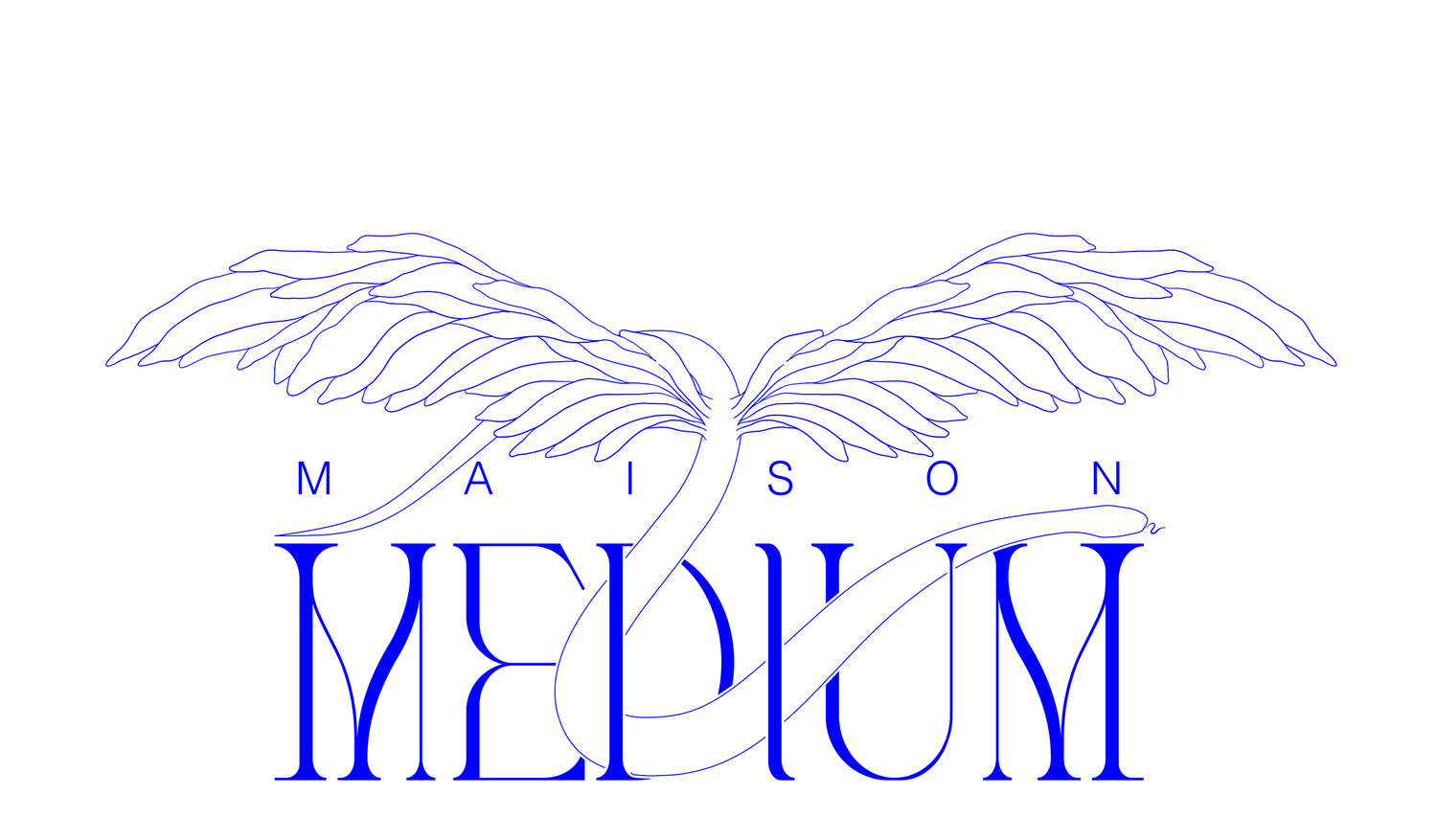On the Invention of the Pigeon
In all animal history, pigeons have undergone the largest decline as a status symbol. These common birds are a prime example of how familiarity and abundance can alter external perception - from pigeons existing as a symbol of wealth and aristocracy to a symbol of uncleanliness and contempt. Even the word pigeon has developed a negative connotation. There was once a time when dove or pigeon could be used interchangeably. The dove, representing peace and associated to the holy spirit : “the third person of the Trinity; God as spiritually active in the world”. The pigeon, on the other hand, has developed the nickname skyrat, even though doves and pigeons are genetically indistinguishable.
The history of the modern-day city pigeon begins with its domestication. The domestication of an animal starts with selective breeding for a specific intention directed by various phenotypes. The domestic pigeon was breed from the wild “rock dove” – a bird that thrived in caves and rocky cliffs of Europe, Asia and Northern Africa. These pigeons thrived in buildings and around urban areas because of their history of surviving in rocky terrains. Since humans’ initial discovery that these birds were more than a food source, several distinct breeds have been “invented”.
Old Dutch Capuchine (Gardner 2019)
These pigeons were kept and domesticated for their beauty, their homing ability allowing them to become excellent messengers, as well as their taste. Dovecotes, or pigeon towers, are structures for housing pigeons. Because pigeons have a strong sense of home, there is no need to keep them captive. The pigeons would forage for food during the day and return to the pigeon towers in the evening.
English Pouter (Gardner 2019)
During the reign of Queen Elizabeth I, the laws surrounding who was allowed to own a pigeon tower were strict. The ability to construct a pigeon tower was a privilege reserved for feudal lords. Around the mid- 1500s, if you constructed your own dovecote without proper permissions, you were ordered to have it demolished. The strict regulation of dovecotes resulted in their rarity in the urban landscape, augmenting the pigeon tower as a symbol of status. Another layer of hierarchy that manifested in built form was their size and ornamentation. The higher your societal class, the more pigeons you were allowed to keep and hence the larger and more ornate your dovecote was allowed to be. Once the ruling class laxed their laws on who was allowed to construct dovecotes and raise pigeons, their construction became more prevalent. The increase in the number of dovecotes that were constructed initiated their decline as a true status symbol. The prestige of the birds declined alongside them. Pigeons, due to their rich history, are a great example of commonality and extreme uniqueness existing simultaneously. Over the course of recorded human history, the genetic makeup of the common pigeon that thrives in cities around the world have not changed. What has changed are the way humans
